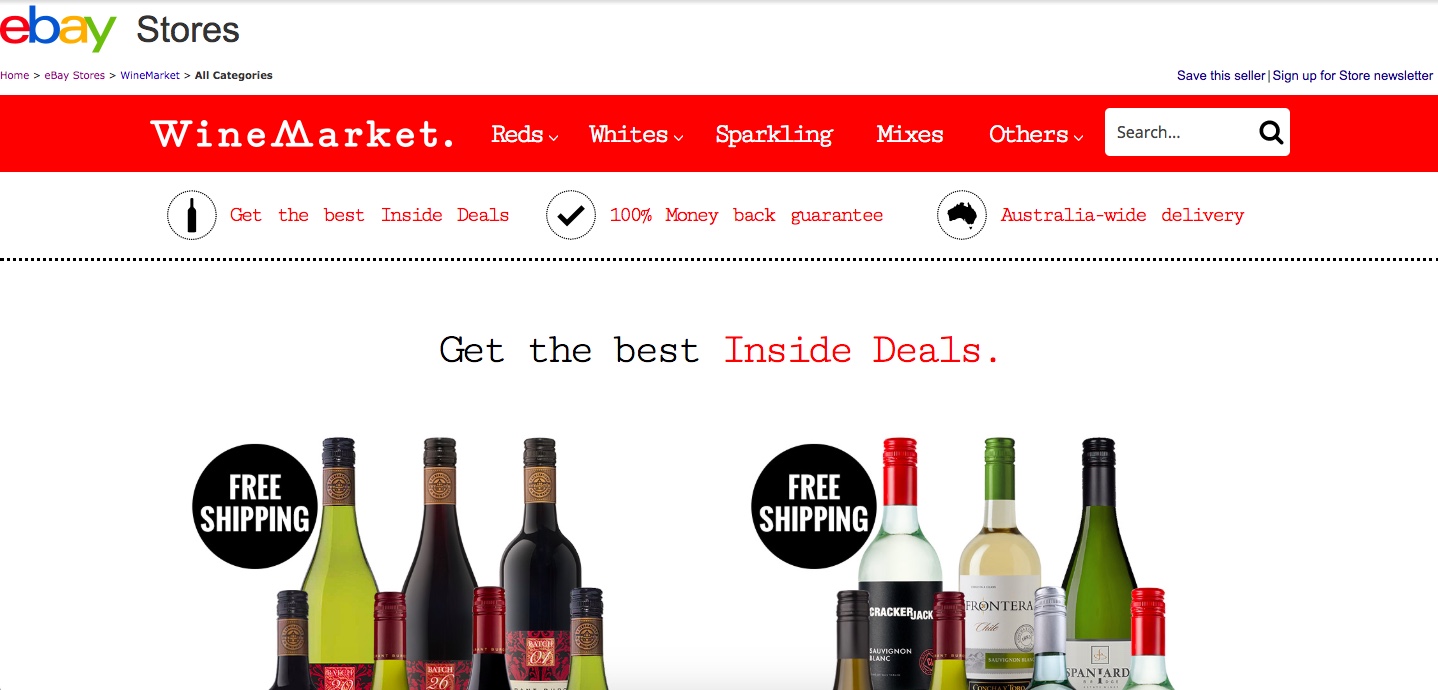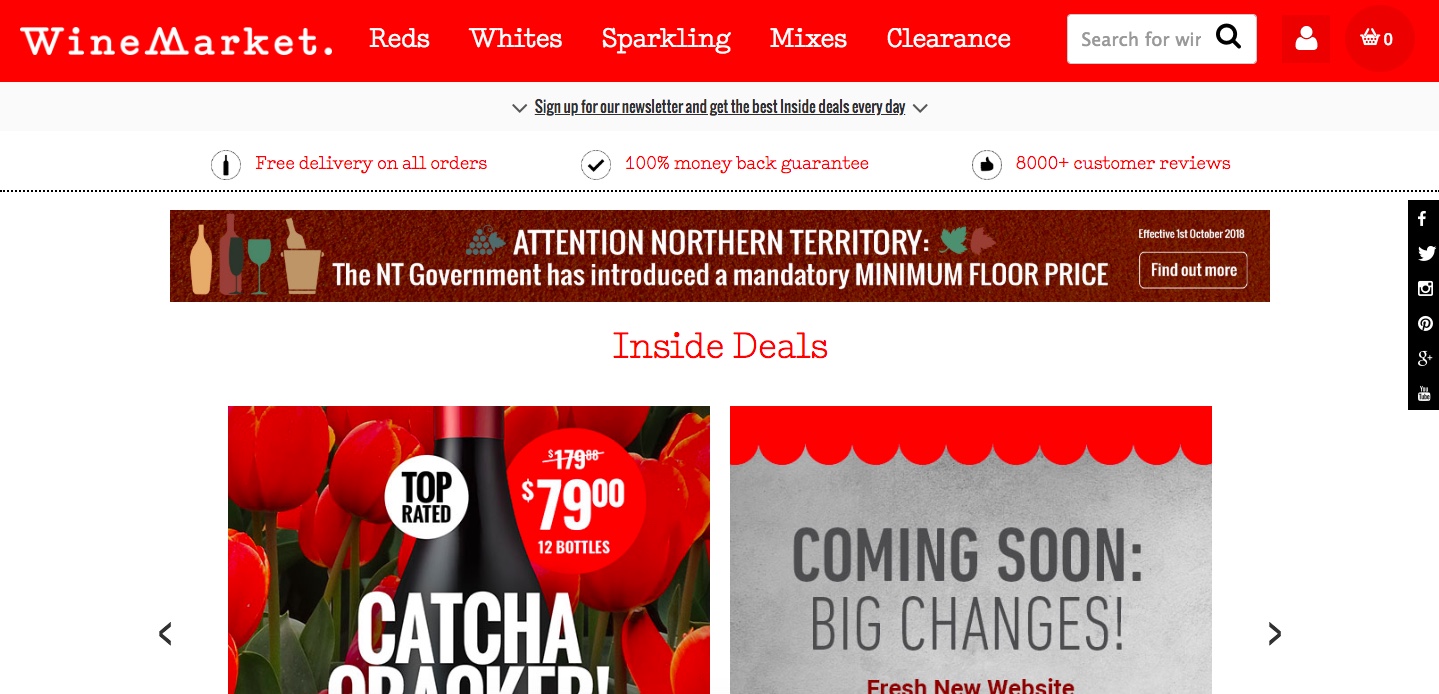eBay is a gigantic shopping platform with over a billion listings across thousands of categories, and 175 million active buyers who can perform an infinite number of keyword searches. It is easy for a product listing to get lost in the masses, lose cut through and never make any sales.
Visibility is an essential commodity on the eBay marketplace, as exposure to more buyer eyeballs is critical for sales. While eBay's search algorithm is the dominant determinant of visibility, there are other ways to get in front of buyers on eBay.
This article covers visibility fundamentals on eBay. Listing and product data requirements should be viewed as levers within eBay’s visibility framework. We also outline some of eBay’s seller marketing and merchandising tools that give sellers more capabilities in promoting their own products.
INDEXING: THE FOUNDATION FOR VISIBILITY
Every eBay listing must be indexed. The metadata that wraps a product determines how it is indexed and then, if and how the listing surfaces to a buyer.
The information eBay collects on a listing includes product information, listing information, seller information, and how customers interact with the listing in the marketplace.
Product Information
At its simplest, product information includes the listing title, category, and item specifics. When a listing is attached to the eBay catalogue, more product metadata that has been provided by the manufacturer is made available for indexing.
Product information impacts whether a product gets found, picked up in merchandising and product-based experiences on and off eBay. Read our article about structured data.
Listing Offer
Every eBay product listing is created by selecting a format, duration, gallery images/pictures (sizes, number of images), shipping and handling, prices and options (free, local, pick up, click and collect, and domestic and/or international, Guaranteed Delivery), return policy, amongst other customer service options.
eBay has been working very hard to push professional sellers toward offering a more retail-like experience to buyers, so listing features and offerings that are within this standard may enjoy a bit of a Best Match boost or have a prominent listing filter associated with it.
Listing offers can impact on eBay search rank.
For example, using a multi variant, Good Til’ Cancelled listing will aggregate sales history more effectively whilst having a greater chance of recent sales – both of which are key aspects of eBay’s Best Match algorithm. Offering worldwide and international shipping options gives your listing the opportunity to surface on other global markets.
Seller Performance
On eBay, the seller provides both the product and the customer experience. As a platform, eBay promises to protect the marketplace and to ensure safe transactions between buyers and sellers by monitoring sellers' behaviours. For this purpose, eBay indexes the seller's feedback scores, detailed seller ratings, defect and dispute rates, as well as policy violations, amongst other variables.
eBay's teams of cyber safety analysts work behind the scenes assessing seller behaviours and predicting future behaviours. If the seller's behaviours are below standard, then their rank, visibility, and the ability to list will be affected.
Customer Interaction
One of the best ways to assess whether a product has any market value is to list it on eBay to see if there is any interest. On eBay, the buying funnel is carefully tracked by monitoring a customer’s interaction with a product.
Data is collected on:
Keywords searches
Listing impressions
Click throughs to listings
Watches
Ask seller question
If any offers have been made (if available), and
Bids and buys.
Customer interaction with a listing is a strong indicator of relevance and demand, influencing the amount of exposure it will receive in the future.
TYPES OF EBAY VISIBILITY
eBay has evolved over the years. In the past, it was a very utilitarian, listing-heavy and search-oriented buyer experience. Today, in pursuit of a more retail-like experience, there is a lot more merchandising, listing curation, and promotional offers disrupting the traditional eBay search-and-find method. The following is a list of different placements where a product listing could pop up through a customers’ journey.
eBay Controlled Exposure
1. Search Results
It remains the primary mode of finding and purchasing products on eBay. This function is ruled by eBay's Best Match algorithm that uses multiple indexing factors to compare the full set of listing results and balance it out with machine-learned buyer preferences and behaviours.
The internet is a treasure trove of information about eBay’s Best Match, but here are a few fundamental rules of thumb:
Titles are still a critical part of keyword search and matching. It seems simple but it could be what separates your product from your buyer.
Wrap your listing with as much product data as possible. The more information that points to your product, the easier it is for the buyer to find your product.
Make the right offer. When you can, list your product in a Good til’ Cancelled, multivariant listing. You need to be price competitive, but your shipping options and customer service also form your overall offer.
Invest in great customer service so that you gain a good reputation with buyers. When your buyers are happy this reflects in your best match scores and positively impacts your ranking.
2. Curated Merchandising and Sales Events
eBay works with sellers to curate merchandise for promoted sales and merchandising events, some of which include promotional codes and lowest price guarantees. eBay's PR department also works with influencers and brands to build the curated merchandising.
For eBay sellers to be considered for such events, they need to make themselves known to the relevant eBay country teams. Each eBay country has its own process. Some have a submission process to register the seller's interest, while others ask sellers to submit products. Each country also has specific terms and conditions for participating, which are mostly related to, products & brands offered, policies, pricing, delivery, and seller trust scores.
The first port of call should be with your account manager and if you do not have an account manager, get in touch with their PR team. There is usually an email address available for the local team.
3. Algorithmic Merchandising
Merchandising widgets based on algorithms are interspersed across most buying pages, such as the Homepage, My eBay, search result pages, view item page, successful transaction page, and others. Their objective is to keep the buyer engaged on eBay in continuous discovery of new and interesting inventory, grow their basket size with cross-selling and of course to make a sale. Merchandising widgets rely heavily on product data combined with behavioural data, including buying signals, complementary categories, and structured product data.
4. Product-Based Experiences or Group Similar Listings
Group similar listings is an experience whereby eBay aggregates listings for the same product, based on their unique product identifier, and presents the buyer with different buying options – such as new or used, auction or fixed price and low to high pricing. Like Amazon, eBay presents a hero listing, which is often referred to as the ‘Buy Box.’
Although eBay is still working on the consistency of such an experience, they seem to be suggesting that this could be the default experience presented to buyers in the near future. Inclusion into this experience requires the adoption of catalogued data or at the least, the product's unique identifier.
Seller Controlled Exposure
1. Promoted Listings
These are seller-paid (sponsored) ads that look like listings embedded into the search results, overriding the sort order algorithm. Since it is a pay-for-success model, most sellers use it to give their new listing some exposure, gain some buyer interaction and make some sales to give their listing a search boost.
2. Promotions Manager
This is a tool that gives sellers the ability to create discounts, promotions, and coupons to entice the buyer to make a purchase or to increase their order size. Discounted prices, which are signaled by a strike-through mark, appear on the Search Results page and View Item page. On the promoted item's View Item page, bright-promotional lettering is used to draw attention to the discount, as well as a merchandising widget to cross-promote other products.
3. eBay Stores/Shops
Stores, or Shops, is another way for sellers to create a branded presence on eBay. Sellers can merchandise and create events for their products. Having a consistent brand presence between your offline store and your eBay store is important to build trust and awareness with your business and your prospective buyers.
In Conclusion
With such an enormous marketplace, standing out on eBay is very difficult.
Get yourself familiar with all the different merchandising widgets, sales events and promotions. Take seriously the quality of your listing, adopting as much structured data as possible, make the right offer and protect your reputation and customer service. Your listings’ exposure, and therefore your selling success on eBay, depends on your active involvement in understanding eBay’s visibility framework and how you can take advantage the levers that could be within your grasp.
About ShelfTrend
ShelfTrend is a real-time eBay marketplace intelligence tool with ready-made reports that helps professional online sellers to research competitors and visualise eBay’s merchandising and sales activity.
Users can search by product, category, or competitor across more than 20 eBay countries on 3 different data reports: Live Listings, New Listings, and Supply Demand.












